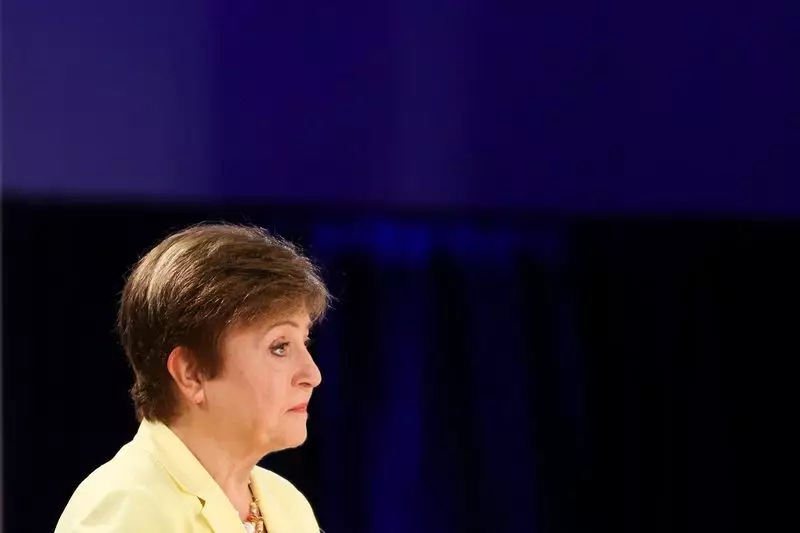As we approach the release of the International Monetary Fund’s (IMF) latest World Economic Outlook, a complex tapestry of economic indicators and geopolitical variables intertwine to paint a picture of a world on the cusp of change. IMF Managing Director Kristalina Georgieva’s insights reveal both optimism and caution as she describes the global economic landscape set against the backdrop of significant uncertainty. Her remarks illustrate a world grappling with varying degrees of growth and disinflation, while the anticipated policies of the incoming U.S. administration add layers of complexity.
Georgieva noted that the U.S. economy has been performing better than anticipated, driven by a steady labor market and inflation trends inching closer to the Federal Reserve’s target. Yet, the considerable uncertainty surrounding the trade policies of President-elect Donald Trump looms as a potential disruptor. High long-term interest rates reflect this uncertainty, suggesting investors are wary of the implications that new policies may have on global trade dynamics. While the U.S. appears robust, the specter of new trade wars and protectionist measures could hinder not only American growth but also impact partner nations reliant on integrated supply chains.
The IMF’s updated projections for 2024 demonstrate contrasting trajectories for different nations. While growth prospects for the U.S., Brazil, and the U.K. have been raised, the outlook for major economies such as China, Japan, and the euro zone has dimmed. This divergence underscores the fragility of global economic recovery, with key players facing unique challenges—whether it be China’s struggles with deflation and weak domestic demand, the euro zone’s stagnation, or Brazil’s inflationary pressures. Such inconsistencies highlight the need for policymakers to remain vigilant and responsive to trends both at home and abroad.
A notable point raised by Georgieva is the contrasting behavior of long-term and short-term interest rates amidst ongoing inflationary pressures. Higher long-term rates, juxtaposed against lower short-term rates, create a puzzling scenario that does not align with historical patterns. This intriguing phenomenon reflects how differing economic fundamentals can lead to divergent expectations among investors. Central banks must navigate through these complexities, carefully balancing growth support with inflation containment to secure sustainable economic stability.
Emerging market economies and low-income countries are particularly vulnerable to external shocks due to their inherent economic structures. Georgieva’s remarks highlight this precariousness, emphasizing that new shocks could disproportionately affect these nations which are still in the process of recovery from the COVID-19 pandemic. The strong U.S. dollar is cited as a potential double-edged sword, possibly increasing funding costs and constraining the growth options for these economies. The reflection that “countries cannot borrow their way out” captures the pressing need for sustainable growth driven by structural reforms rather than increased reliance on debt.
As global economies gear up to face post-pandemic realities, Georgieva’s call for fiscal prudence post-COVID is imperative. Policymakers must prioritize reform measures that not only stimulate growth but also enhance resilience against future disruptions. Striking a balance between reducing fiscal spending and fostering an environment conducive to economic activity is crucial for maintaining growth trajectories. Countries are urged to adopt dynamic reforms that safeguard their economic futures while ensuring that growth potentials remain intact.
The IMF’s upcoming World Economic Outlook serves as a crucial barometer for the world’s economic health. With a mix of optimistic growth signals alongside notable uncertainty in trade policies and inflation trends, the global economic landscape is poised to shift. As nations confront unique dilemmas, the need for thoughtful policymaking becomes paramount. Through strategic reforms and a measured response to global uncertainties, countries can navigate these turbulent waters and work towards a more stable and prosperous future.

